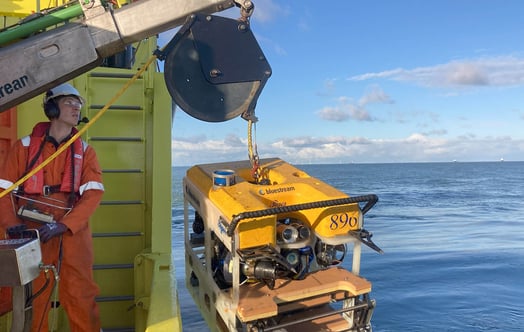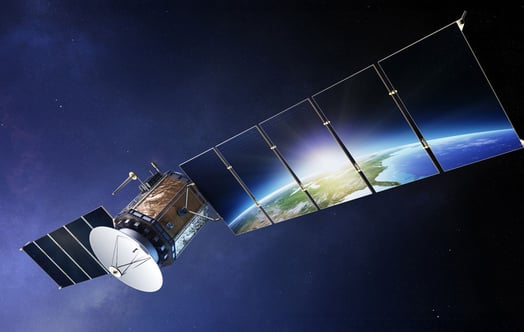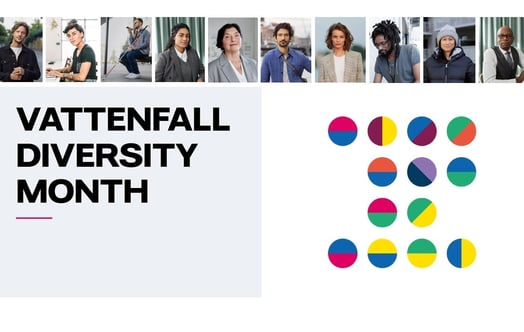Biodiversity is one of the most important environmental issues for Vattenfall. The company continually works to prevent or minimise negative impacts on biodiversity. Head of Environment Helle Herk-Hansen explains why biodiversity is so important for Vattenfall and what measures it is taking to champion different species and natural habitats.
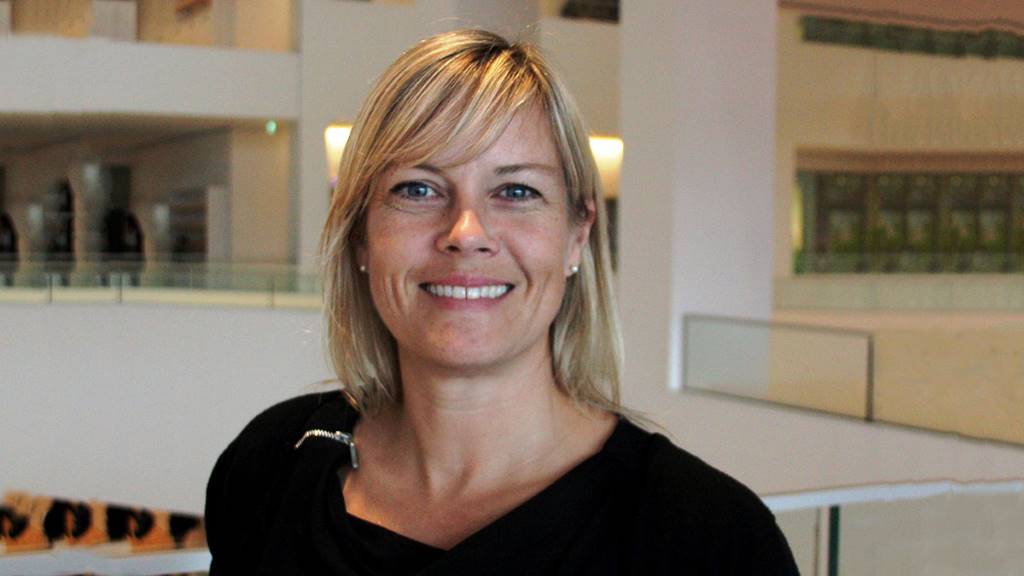
Helle Herk-Hansen, Head of Environment at Vattenfall
1. Why is biodiversity an important issue for Vattenfall?
All forms of energy generation have an impact, directly or indirectly, on species and their habitats, and therefore on biodiversity. The utilisation of land and water can have an adverse effect on landscapes and their inhabitants. Energy infrastructure, such as wind turbines, can create barriers that impinge on the natural migration patterns of animals.
Vattenfall's wide-ranging product portfolio is associated with a variety of potential impacts that we aim to prevent, or at least minimise, wherever we can. To achieve this aim, we have developed various approaches. Protecting nature and biodiversity is a key focus area for us, and is highlighted in our environmental policy.
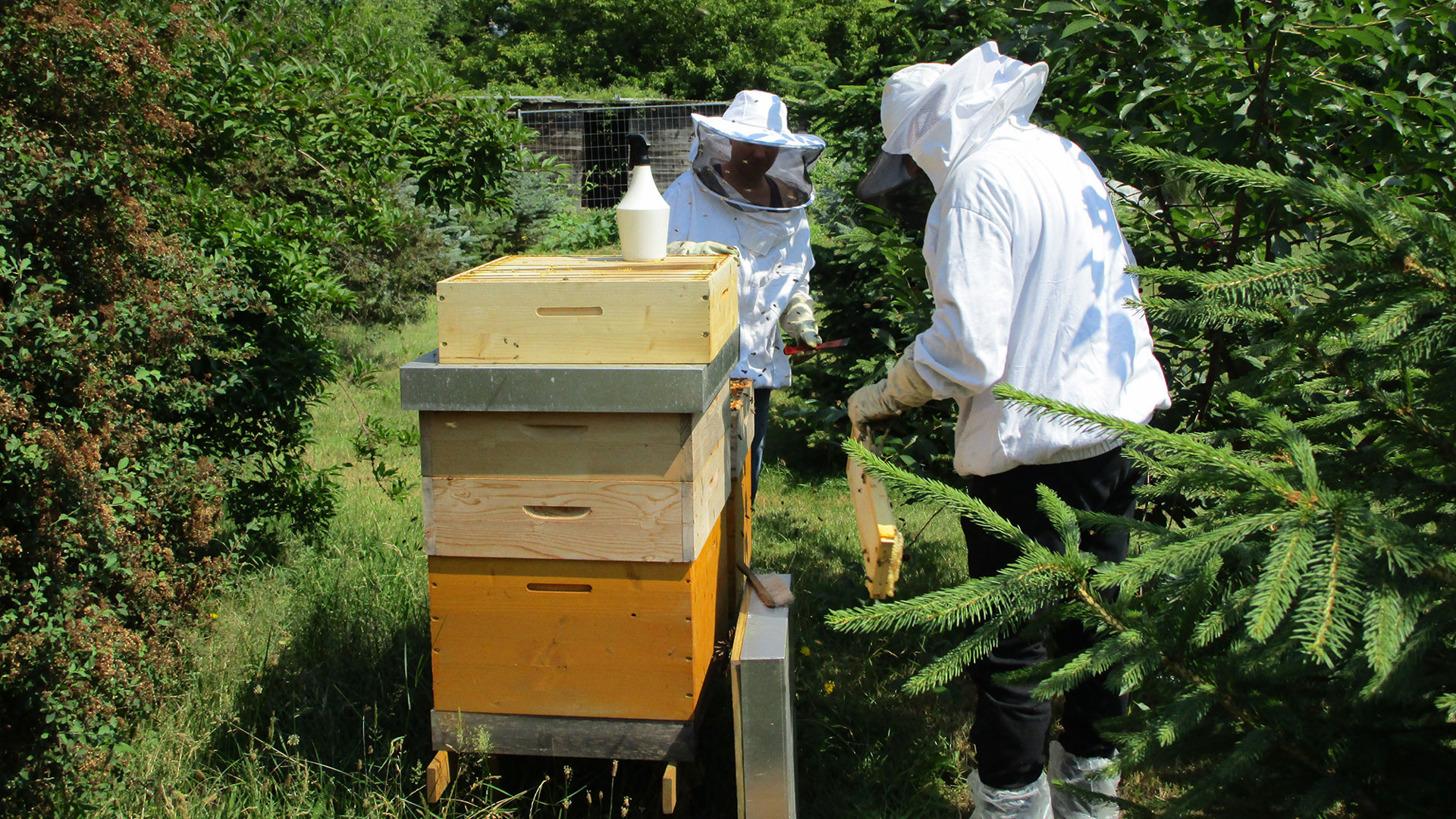
Vattenfall is involved with various organisations that focus on environmental protection and conservation, as well as research and development. For example, the company is a founding member of Business@Biodiversity Sweden, a cross-sectoral corporate network for issues relating to biodiversity and natural capital. It addresses the question of how a business can be profitable without impacting biodiversity and tries to find viable solutions.
2. What specific measures is Vattenfall taking to maintain biodiversity?
We employ a wide range of measures to actively champion different species and natural habitats, and measures are initiated both on land and in water. To minimise the impacts of the company’s operations on the environment and species diversity, we take biodiversity aspects into account at an early stage of project and plant planning. In doing so, we review our conventional methods and develop new, gentler techniques. One example of this is the quieter method of installing foundations for offshore wind farms – suction bucket jacket foundations – that we employ to protect sea dwellers that are particularly sensitive to noise, such as porpoises.
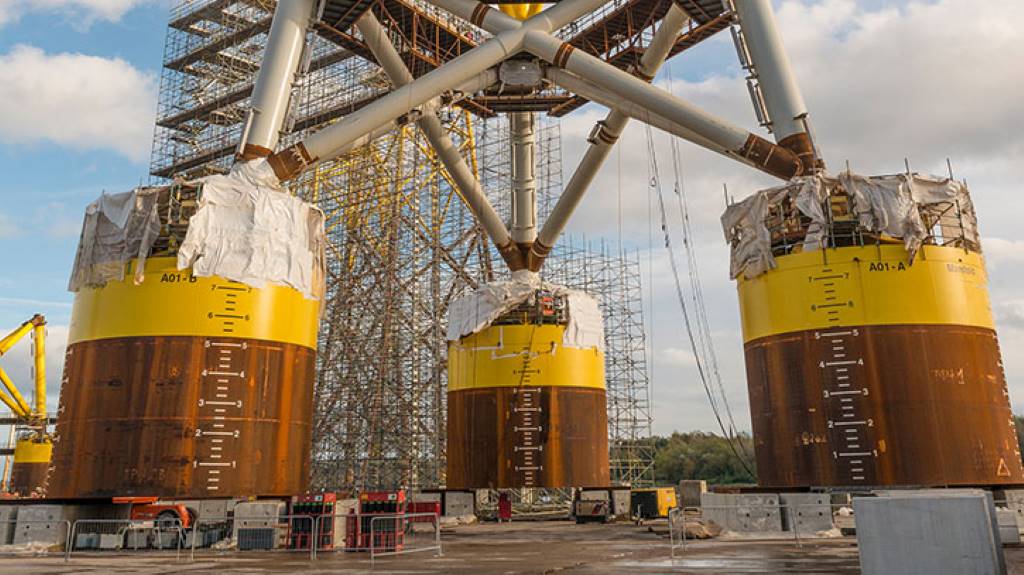
We take measures to maintain biodiversity in all of our markets. The suction bucket jacket method is used to build our offshore wind farms off the coasts of the Netherlands and the UK. In Sweden we are establishing protected conservation areas, which give flora and fauna the chance to thrive in a safe, unspoiled environment. Where impacts are impossible to prevent completely, compensation measures are implemented, for example building fish ladders to give migrating fish such as salmon and sea trout more passage opportunities. We have built one such fish ladder in Germany, close to Hamburg. In Berlin we have created 'urban gardens', where anyone can plant whatever they like. And beekeepers have the opportunity at various plant locations and substations to establish bee colonies.
3. Why is Vattenfall now also committed to preserving bees?
Bees are an indispensable part of our ecosystem. Vattenfall sites offer the ideal conditions for bees, as it is often very quiet at the power stations and the bees have enough space to find food and pollinate plants. This is why Vattenfall allows beekeepers to set up their hives at these sites. In addition to honeybees, we are active in the protection of wild bees, as these are at even greater risk of extinction than honeybees.
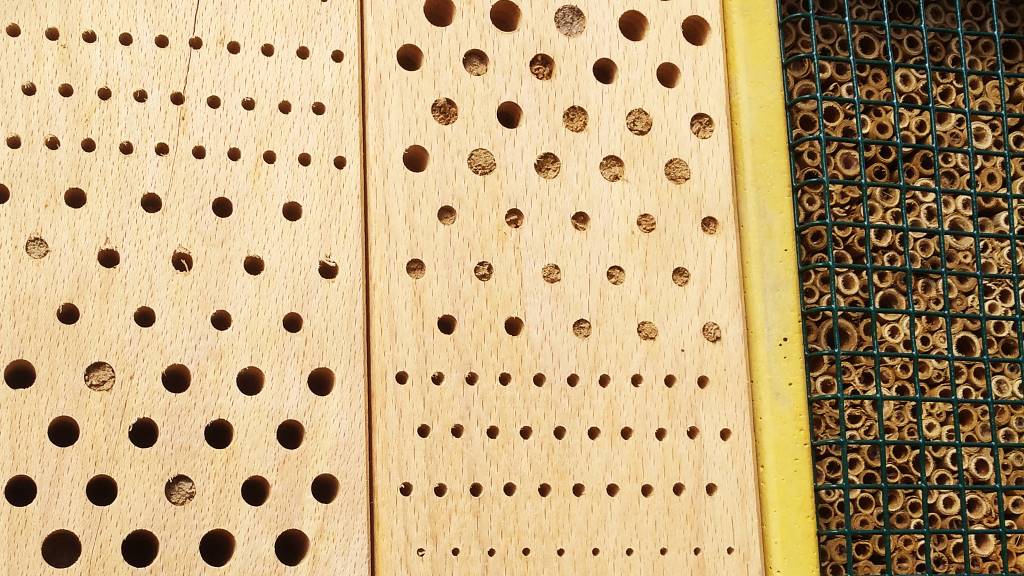
The protection of biodiversity is also a particular concern of Vattenfall Umweltstiftung, Vattenfall's environmental foundation in Germany. The foundation has already funded the installation of multiple wild bee hives, which contain breeding tubes that provide good conditions for the bees to reproduce. Two of the hives are located on the grounds of a nursery school, as the foundation supports environmental education for children in particular.


